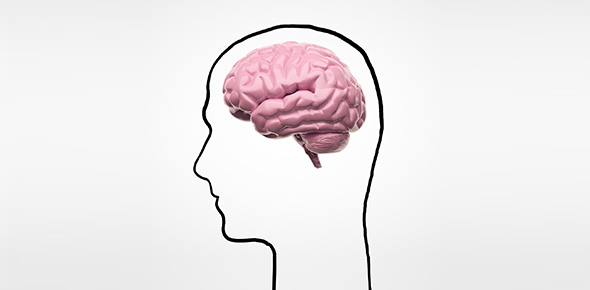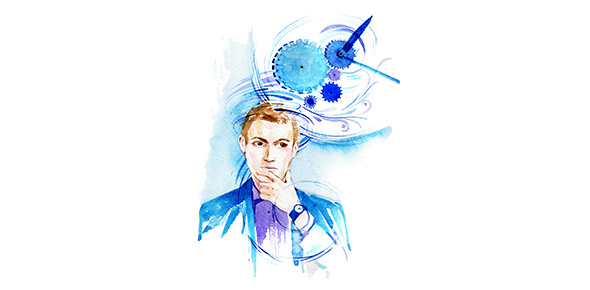Related Flashcards
Related Topics
Cards In This Set
| Front | Back |
|
1)
A simple nervous system
A)
must include chemical senses, mechanoreception, and vision.
B)
includes a minimum of 12 effector neurons.
C)
has information flow in only one direction: toward an integrating center.
D)
has information flow in only one direction: away from an integrating center.
E)
includes sensory information, an integrating center, and effectors.
|
E
|
|
2)
Most of the neurons in the human brain are
A)
sensory neurons.
B)
motor neurons.
C)
interneurons.
D)
auditory neurons.
E)
peripheral neurons.
|
C
|
|
3)
The nucleus and most of the organelles in a neuron are located in the
A)
dendritic region.
B)
axon hillock.
C)
axon.
D)
cell body.
E)
axon terminals.
|
D
|
|
4)
In certain large animals, this type of neuron can extend beyond 1 meter in
length.
A)
glial cell in the brain
B)
a sensory neuron
C)
an interneuron
D)
a glial cell at a ganglion
E)
a neuron that controls eye movements
|
B
|
|
5)
The somatic nervous system can alter the activities of its targets, the
skeletal muscle fibers, because
A)
it is electrically coupled by gap junctions to the muscles.
B)
its signals bind to receptor proteins on the muscles.
C)
its signals reach the muscles via the blood.
D)
its light pulses activate contraction in the muscles.
E)
it is connected to the internal neural network of the muscles.
|
B
|
|
6)
The point of connection between two communicating neurons is called
A)
the axon hillock.
B)
the dendrite.
C)
the synapse.
D)
the cell body.
E)
the glia.
|
C
|
|
7)
In a simple synapse, neurotransmitter chemicals are released by
A)
the dendritic membrane.
B)
the presynaptic membrane.
C)
axon hillocks.
D)
cell bodies.
E)
ducts on the smooth endoplasmic reticulum.
|
B
|
|
8)
In a simple synapse, neurotransmitter chemicals are received by
A)
the dendritic membrane.
B)
the presynaptic membrane.
C)
axon hillocks.
D)
cell bodies.
E)
ducts on the smooth endoplasmic reticulum.
|
A
|
|
9)
In the communication between a motor neuron and a skeletal muscle,
A)
the motor neuron is considered the presynaptic cell and the skeletal muscle is
the postsynaptic cell.
B)
the motor neuron is considered the postsynaptic cell and the skeletal muscle is
the presynaptic cell.
C)
action potentials are possible on the motor neuron but not the skeletal muscle.
D)
action potentials are possible on the skeletal muscle but not the motor neuron.
E)
the motor neuron fires action potentials but the skeletal muscle is not
electrochemically excitable.
|
A
|
|
10)
For a neuron with an initial membrane potential at -70 mV, an increase in the
movement of potassium ions out of that neuron's cytoplasm would result in
A)
the depolarization of the neuron.
B)
the hyperpolarization of the neuron.
C)
the replacement of potassium ions with sodium ions.
D)
the replacement of potassium ions with calcium ions.
E)
the neuron switching on its sodium-potassium pump to restore the initial
conditions.
|
B
|
|
11)
Although the membrane of a "resting" neuron is highly permeable to
potassium ions, its membrane potential does not exactly match the equilibrium
potential for potassium because the neuronal membrane is also
A)
fully permeable to sodium ions.
B)
slightly permeable to sodium ions.
C)
fully permeable to calcium ions.
D)
impermeable to sodium ions.
E)
highly permeable to chloride ions.
|
B
|
|
12)
The operation of the sodium-potassium "pump" moves
A)
sodium and potassium ions into the cell.
B)
sodium and potassium ions out of the cell.
C)
sodium ions into the cell and potassium ions out of the cell.
D)
sodium ions out of the cell and potassium ions into the cell.
E)
sodium and potassium ions into the mitochondria.
|
D
|
|
13)
A cation that is more abundant as a solute in the cytosol of a neuron than it
is in the interstitial fluid outside the neuron is
A)
HCO3-.
B)
Cl-.
C)
Ca++.
D)
Na+.
E)
K+.
|
E
|
|
14)
The membrane potential that exactly offsets an ion's concentration gradient is
called the
A)
graded potential.
B)
threshold potential.
C)
equilibrium potential.
D)
action potential.
E)
inhibitory postsynaptic potential.
|
C
|
|
15)
ATP hydrolysis directly powers the movement of
A)
K+ out of cells.
B)
Na+ out of cells.
C)
Na+ into cells.
D)
Ca++ into cells.
E)
Cl- into cells.
|
B
|





